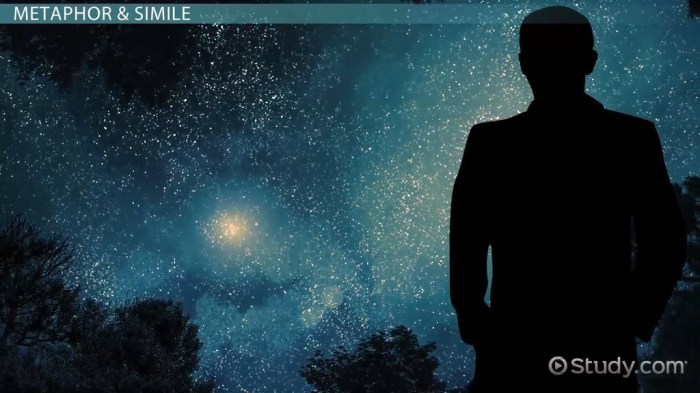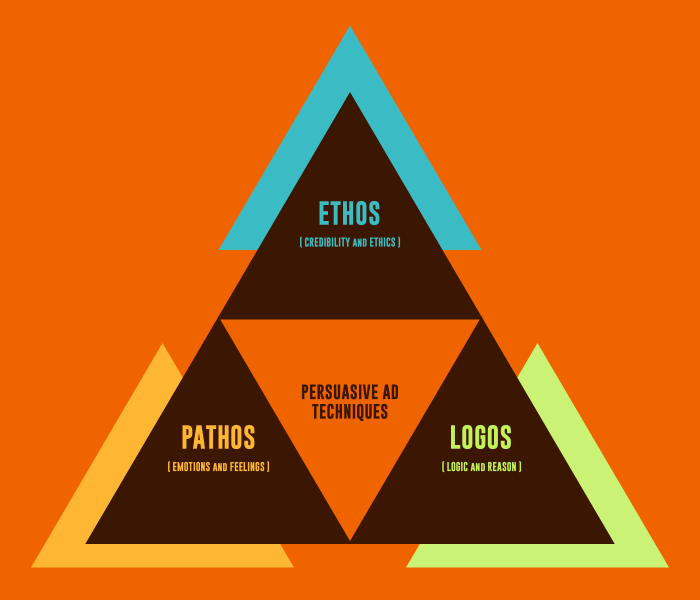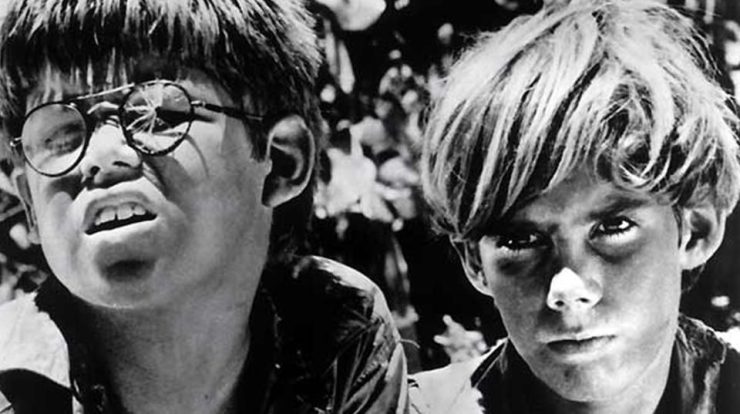Rhetorical devices in the great gatsby – In F. Scott Fitzgerald’s masterpiece, The Great Gatsby, rhetorical devices take center stage, orchestrating a literary symphony that captivates readers with its exquisite craftsmanship. Fitzgerald’s deft use of figurative language, symbolism, imagery, and other rhetorical strategies illuminates the novel’s themes, enhances character development, and creates an immersive reading experience that transcends time.
From the evocative similes that paint vivid pictures to the profound symbols that embody the novel’s central ideas, Fitzgerald’s rhetorical prowess elevates The Great Gatsby beyond mere storytelling, transforming it into a timeless exploration of the human condition.
Figurative Language: Rhetorical Devices In The Great Gatsby

F. Scott Fitzgerald employs a rich array of figurative language in The Great Gatsbyto create vivid imagery and enhance the novel’s emotional impact.
Similes
- Daisy’s voice is described as “full of money” (Chapter 1), comparing her speech to the sound of wealth.
- “My life has been a series of accidents, as casual as the happenstance of two stardust particles that float together in the void” (Chapter 6), comparing Gatsby’s life to random occurrences.
Metaphors, Rhetorical devices in the great gatsby
- Gatsby’s mansion is referred to as “the world’s fair of wonders” (Chapter 4), comparing it to a place of extraordinary sights.
- “Life is much more successfully looked at from a single window, after all” (Chapter 9), comparing life to a view from a limited perspective.
Personification
- “The wind whistled through the trees” (Chapter 1), giving human qualities to the wind.
- “The moon was hanging low over the Sound” (Chapter 5), personifying the moon as if it were hanging like a person.
Question & Answer Hub
What is the significance of the green light at the end of Daisy’s dock?
The green light symbolizes Gatsby’s unattainable dream of recapturing the past and winning Daisy’s love.
How does Fitzgerald use imagery to create a vivid sense of place?
Fitzgerald employs sensory imagery, particularly visual and olfactory descriptions, to immerse readers in the opulent and glamorous world of the Roaring Twenties.
What is the role of symbolism in the characterization of Jay Gatsby?
Symbols such as the Valley of Ashes and Gatsby’s mansion contribute to the development of Gatsby’s character, revealing his complex motivations and inner conflicts.






